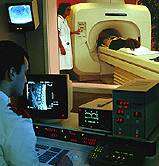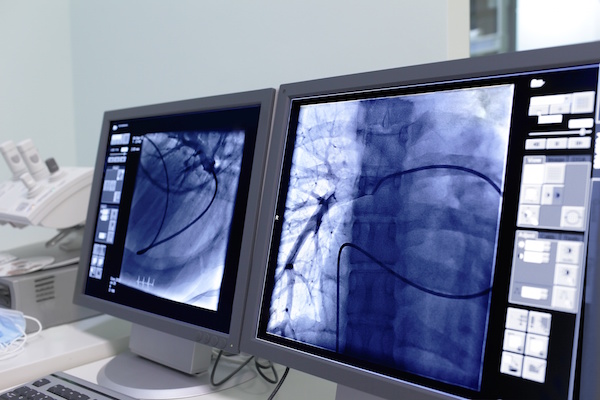
WEDNESDAY, May 22 (HealthDay News) — Children and teens exposed to radiation during CT scans are 24 percent more likely to develop cancer, according to a large, long-term study.
The risks, however, are still low: Among a group of 10,000 young people who each had one CT scan, only about six extra cancers would be expected to occur within 10 years, according to researchers from Australia and Europe.
The researchers said doctors should carefully weight the risks to patients when making decisions about CT (computed tomography) testing. The study was published online May 21 in the journal BMJ.
The researchers used data from Australian Medicare records and national cancer records to compare cancer rates among patients who had a CT scan by age 19 to those who had never undergone the test.
The study involved nearly 11 million young people born between 1985 and 2005. The average length of follow-up for those who underwent a CT scan was 9.5 years, and about 17 years for those who did not have a CT scan.
Of the participants, about 680,000 had a CT scan at least one year before they were diagnosed with cancer. Among those diagnosed with cancer, 18 percent had more than one scan.
By the last follow-up in 2007, the researchers found that 3,150 of those who had a CT scan and about 57,500 of those who didn’t had been diagnosed with cancer.
After taking the participants’ age, gender and year of birth into account, the rate of cancer was 24 percent higher among those who had a CT scan. That risk increased by 16 percent for each additional scan.
Nearly 60 percent of CT scans involved the brain, according to a BMJ news release. Although the prevalence of brain cancer among those who had a CT scan decreased over time, the study authors found that the incidence was still higher more than 15 years after they had their first scan.
Children exposed before age 5 had the greatest risk. The older a patient is at first exposure to a CT scan, the lower their risk, the researchers said. But even among the oldest participants — between 15 and 19 — the study revealed that risk for all cancers combined was still higher.
For cancers involving tumors other than brain cancer, the researchers found the proportional increase in risk was 23 percent among females and 14 percent among males.
The researchers, led by John Mathews, a professor at the University of Melbourne’s School of Population and Global Health, said that in some cases brain cancer may have resulted in a CT scan and not the other way around. They added that participants may have developed cancer beyond the final follow-up period in 2007. As a result, they concluded that the “eventual lifetime risk from CT scans cannot yet be determined.”
Although the study found an association between having a CT scan in childhood and a higher risk of developing cancer, it did not prove a cause-and-effect relationship.
It’s important to realize the incidence of cancer among children is extremely small, said Dr. Aaron Sodickson, who wrote an accompanying journal editorial. Sodickson is the section chief of emergency radiology and medical director of computed tomography at Brigham and Women’s Hospital and Harvard Medical School in Boston.
“A 24 percent increase makes this risk just slightly less small,” Sodickson wrote. He added that there are many ways to adjust radiation doses and that more accurate assessments of patients’ risk can help doctors make more informed decisions about CT scans and other imaging tests.
More information
The U.S. National Institutes of Health has more about CT scans and the risks involved.

